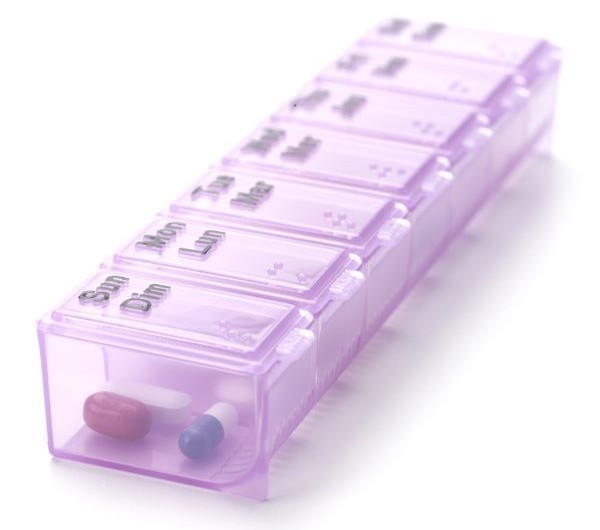The American College of Physicians, a trade association of doctors in internal medicine, joins the majority of the public, along with a growing chorus of doctors and other influentials in calling for the federal government to negotiate drug prices. In a paper published last month in the Annals of Internal Medicine, they say they are representing their patients struggling to afford needed drugs. And, they believe Congress should regulate the price of drugs just as every other developed country does.
Inexplicably, the American College of Physicians, the “ACP,” stops short of urging Congress to negotiate drug prices for everyone in the nation.Seven out of 10 Americans take at least one prescription drug. Every other member country of the 34-member Organization for Economic Co-operation and Development (OECD) reins in prices for everyone, not just older adults and people with disabilities.
The ACP does call for allowing Americans to reimport certain drugs from Canada and other countries that regulate drug prices, provided they are deemed safe. The ACP further recommends that policymakers should take heed of how pharmaceutical companies price their drugs. Pharmaceutical companies should be transparent about their costs, particularly for drugs developed with government funding through the National Institutes of Health and the Veterans Administration.
We should also understand the comparative value of different drugs. Policymakers should assess the cost, pricing and value of prescription drugs.
It’s not clear what it will take to get Congress to pass legislation to regulate drug prices or allow drug reimportation. Members and their staff routinely leave Congress to work for the drug industry. And, many have a financial stake in the drug companies. Republicans and some Democrats in Congress appear to have no problem using their power to allow drug companies to gouge consumers and prevent them from getting needed care.
Here’s more from Just Care on drug prices:
- Drug price negotiation a top policy priority
- Members of Congress have a financial stake in the drug companies
- To save money on drugs, avoid chain pharmacies
- Six tips for keeping your drug costs down if you have Medicare
- The cost of cancer drugs; it could bankrupt you
- A primer on the range of ways federal policy promotes high drug prices









